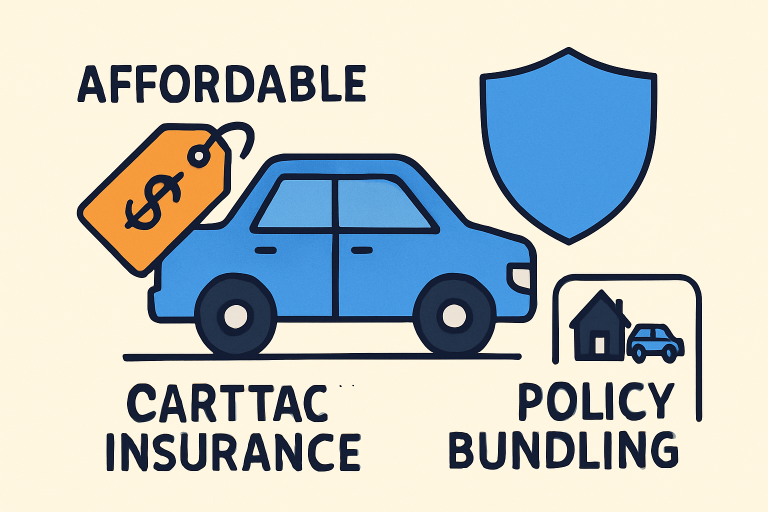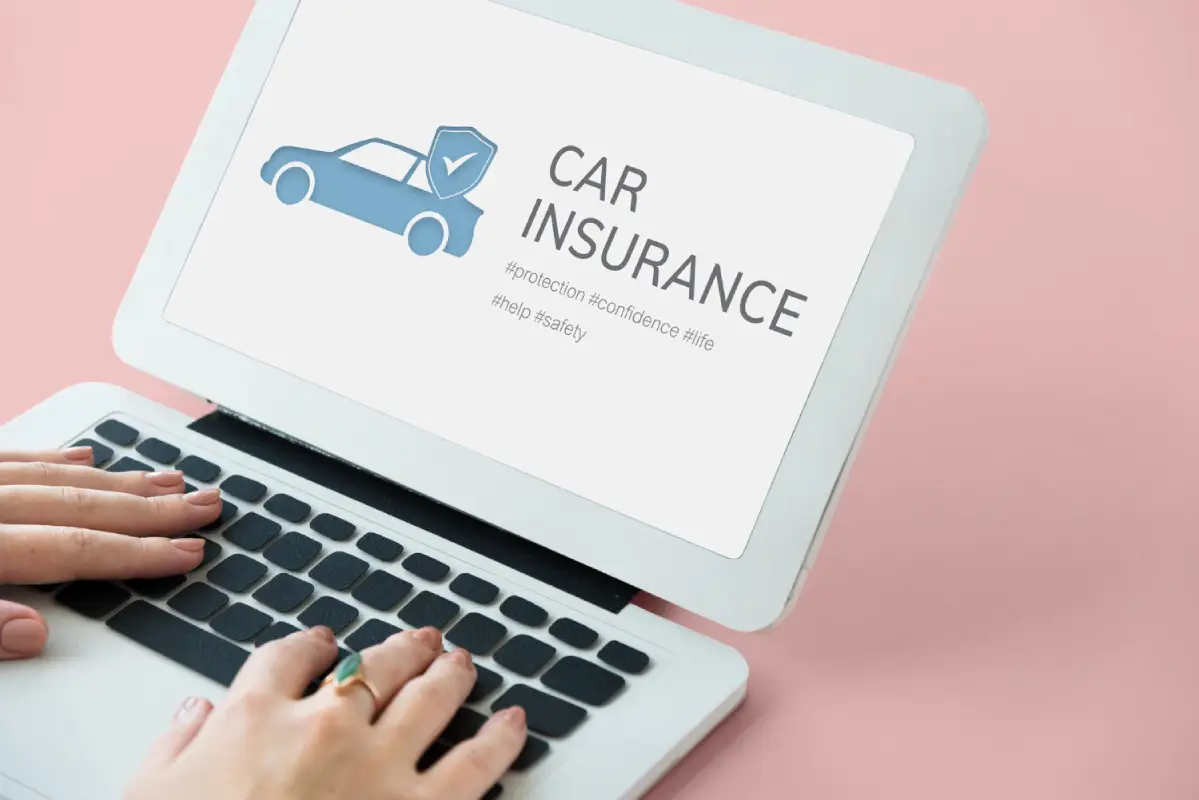As car insurance premiums continue rising across the country, many drivers feel financial pressure. In some regions, rate increases have even outpaced inflation, making it crucial to find ways to control costs while still maintaining dependable coverage. Fortunately, reducing your insurance expenses doesn’t have to mean compromising protection. With thoughtful, practical strategies, it’s possible to balance affordability and value, ensuring you’re financially protected without overspending.
One of the most effective approaches is starting with a reliable insurer known for fair rates and consistent service. Exploring resources such as https://mwg.aaa.com/insurance/car can help you understand your options and make informed decisions tailored to your needs. By evaluating coverage levels, taking advantage of available discounts, and comparing policy features, drivers can make more intelligent choices that reflect their budget and driving habits.
Understanding what drives car insurance premiums is crucial to finding the most efficient savings opportunities. Your rate isn’t just a random number—factors like your driving history, location, credit score (in some states), type of coverage, and even the car you drive all play a role.
By becoming more informed and strategic in your decisions, you can unlock meaningful discounts and avoid hidden pitfalls that cause overpayments. This guide outlines actionable steps for securing affordable car insurance without compromising on the protection you need. Read on to see how you can become a more empowered policyholder and keep your monthly bills in check.
Contents
Shop Around for the Best Rates
One of the most impactful ways to reduce your car insurance premium is to compare rates from different insurers regularly. Despite offering seemingly identical coverage and similar customer profiles, insurance providers can present wildly different prices due to their proprietary risk evaluations, competitive strategies, and local market conditions.
It’s wise to request quotes from at least three reputable providers—not just when your policy is up for renewal, but also after significant life events such as moving to a new address, getting married, or purchasing a new car. Policies, discounts, and rates evolve frequently, and being a proactive shopper can ensure you’re never paying more than you should for the coverage you want.
According to a recent CBS News report, obtaining and comparing multiple quotes has saved drivers hundreds of dollars annually, without sacrificing coverage. With the ease of online quote tools and independent agents, you can quickly uncover offers that you may have missed if you remain loyal to a single insurer out of habit.
Be sure to evaluate not just the price, but the company’s reputation for handling claims, customer support, and policy reliability. The cheapest option isn’t always the best in the long run, especially when you need support after an accident.
Bundle Policies for Discounts
Insurance bundling remains an underrated but highly effective way to slash your premiums. By purchasing multiple policies from the same provider—such as combining your auto insurance with homeowners, renters, or even boat insurance—you signal greater customer loyalty and increase your value to the insurer.
Most companies reward this loyalty with bundling discounts that can significantly lower your annual costs on each covered item. Beyond savings, bundling also streamlines your life: fewer bills to track, a single point of contact for all claims or questions, and potentially even streamlined deductibles if multiple incidents co-occur.

The AARP highlights that bundled consumers often enjoy conveniences like single-deductible features when an event affects multiple policies (such as a storm damaging your home and your car). However, it’s essential to double-check that bundling truly offers a bottom-line savings, as there are rare cases where using different providers for distinct policies results in lower costs after discounts.
Always ask for a detailed price breakdown and compare it to your pay separately. When shopping for a new policy, don’t hesitate to negotiate by mentioning quotes and options from other companies; many insurers will match or beat a competitor’s bundling deal to keep your business.
Increase Your Deductible
If you’re looking for a direct way to shrink your car insurance payment, consider raising your deductible—the portion you are responsible for when you file a claim. Choosing a higher deductible (for example, moving from $250 or $500 up to $1,000 or more) almost always leads to a notable reduction in your monthly or annual premium. This is because higher deductibles signal to insurers that you’re less likely to make small claims, which are costly for them to process. This shift can translate to hundreds of dollars in savings each year for many drivers.
It’s important to proceed cautiously: before choosing a higher deductible, ensure you have enough cash savings to comfortably cover that amount if you need to claim after an accident or other loss. Kiplinger ranks this move among the simplest and most effective ways to cut insurance costs, especially for responsible, low-risk drivers.
Pairing a higher deductible with a strong, safe driving record is a long-term savings formula. Remember, the best deductible saves you money without risking your financial well-being should you need to use your insurance.
Maintain a Clean Driving Record
Few factors impact your insurance premium as much as your driving record. Every ticket, collision, or insurance claim you file becomes a part of your permanent insurance history, influencing your rates for years, sometimes as much as three to five. By driving safely, avoiding moving violations, and steering clear of at-fault accidents, you can prevent premium increases and unlock eligibility for coveted safe-driver discounts. Even a single speeding ticket or minor accident can follow you, so defensive, attentive driving pays off not just for your safety, but for your pocketbook as well.
The CBS News article reiterates that drivers should regularly ask their insurer to review rates if they’ve had recent improvements to their record—sometimes premium reductions aren’t automatic and require a direct request. Plus, some insurers offer programs that forgive your first minor accident or violation, making it easier to maintain lower rates if you generally drive safely. Consider taking a state-approved defensive driving course to lower costs and reinforce good habits.
Take Advantage of Available Discounts
It’s easy to overlook the many discounts that could lower your premium, often because insurers don’t apply them automatically or because your eligibility may change based on new circumstances. Common discount categories include good student status, safe driving, low annual mileage, completion of defensive driving courses, installation of anti-theft or safety devices, and even memberships in specific professional organizations or alumni groups. Please don’t assume your insurer is giving you every discount you deserve, as it’s ultimately up to you to ask and confirm.
AARP reports that many people miss out on savings simply due to a lack of awareness. Insurers regularly update their discount programs, so it’s a good practice to review your options whenever your policy is up for renewal, when you change vehicles, or when you hit new life milestones (like retiring, relocating, or graduating from college).
Contact your insurance provider and request a thorough discount review—you could be eligible for deals for insuring multiple vehicles, having advanced driver-assistance features, or even maintaining continuous insurance coverage over several years. Sometimes, proof is required, such as transcripts for student discounts or certificates for completed driving courses, so keep supporting documents handy.
Consider Usage-Based Insurance
If you don’t put many miles on your car each year or are confident in your safe driving habits, exploring usage-based insurance (UBI) policies can lead to dramatic savings. These programs utilize telematics technology—either a plug-in device or a smartphone app—to track mileage, acceleration, braking, speed, and sometimes even the times of day you drive. Drivers who demonstrate low-risk, low-mileage profiles can qualify for discounts unavailable with traditional fixed-premium insurance.
NerdWallet notes that UBI is especially attractive to drivers who use their car sparingly, retirees, remote workers, or those with short commutes. Before signing up, compare programs carefully, as not all insurers offer usage-based policies, and the terms and privacy policies can vary widely. Ask about estimated savings, how your data is used, and whether risky driving behaviors can result in rate increases and discounts.
In conclusion, achieving meaningful car insurance savings starts with a proactive, educated approach. By routinely reviewing your policy, shopping around using reputable providers, seeking out every possible discount, and updating coverage based on your evolving needs, you can secure robust protection at a price that makes sense for your budget. Stay informed about changes in your circumstances—and your provider’s offerings—to enjoy peace of mind and extra dollars in your bank account.



